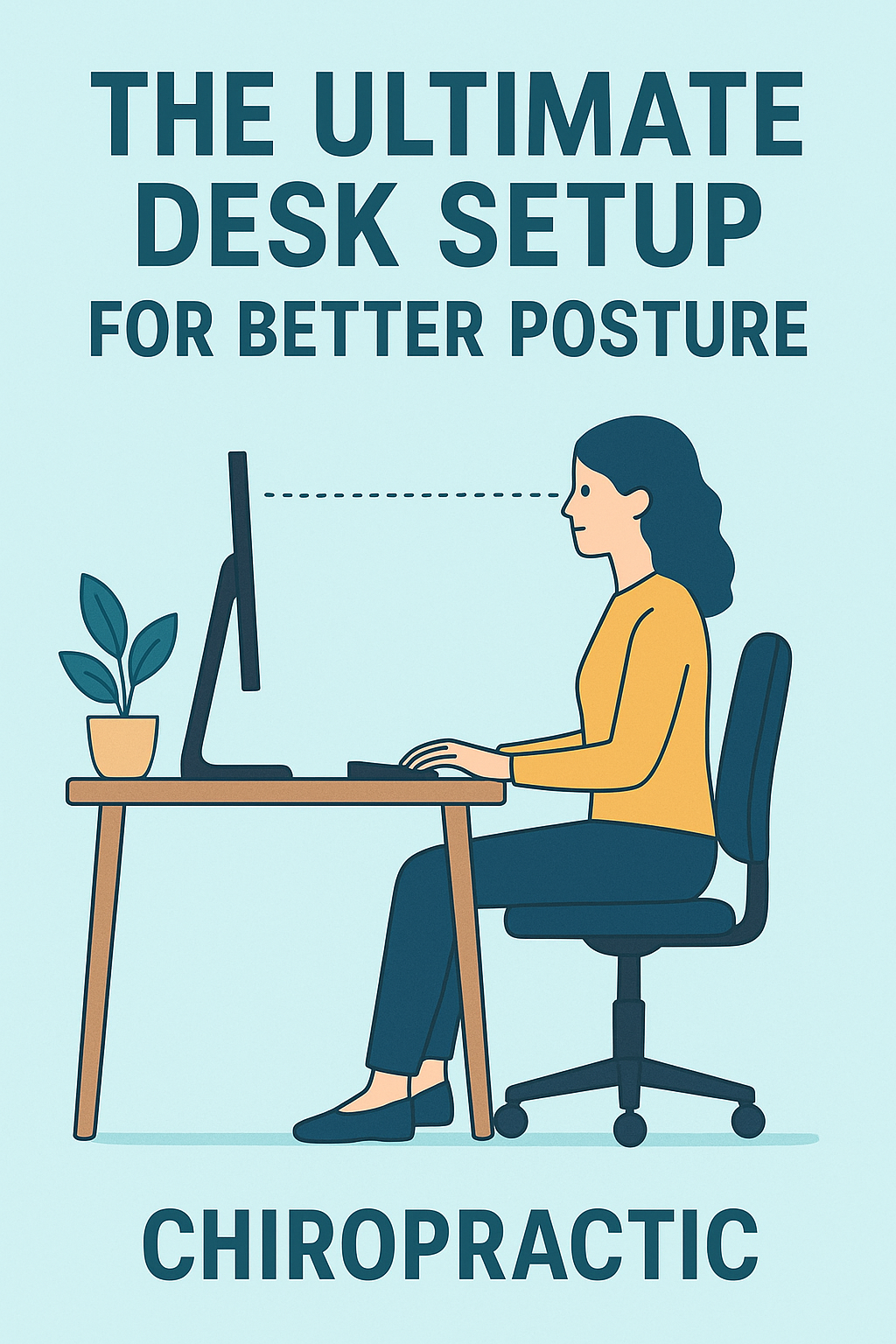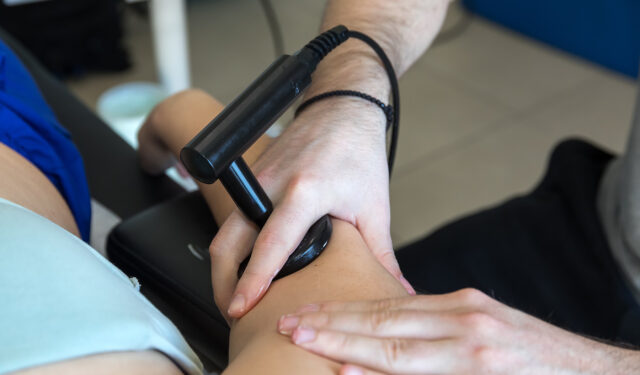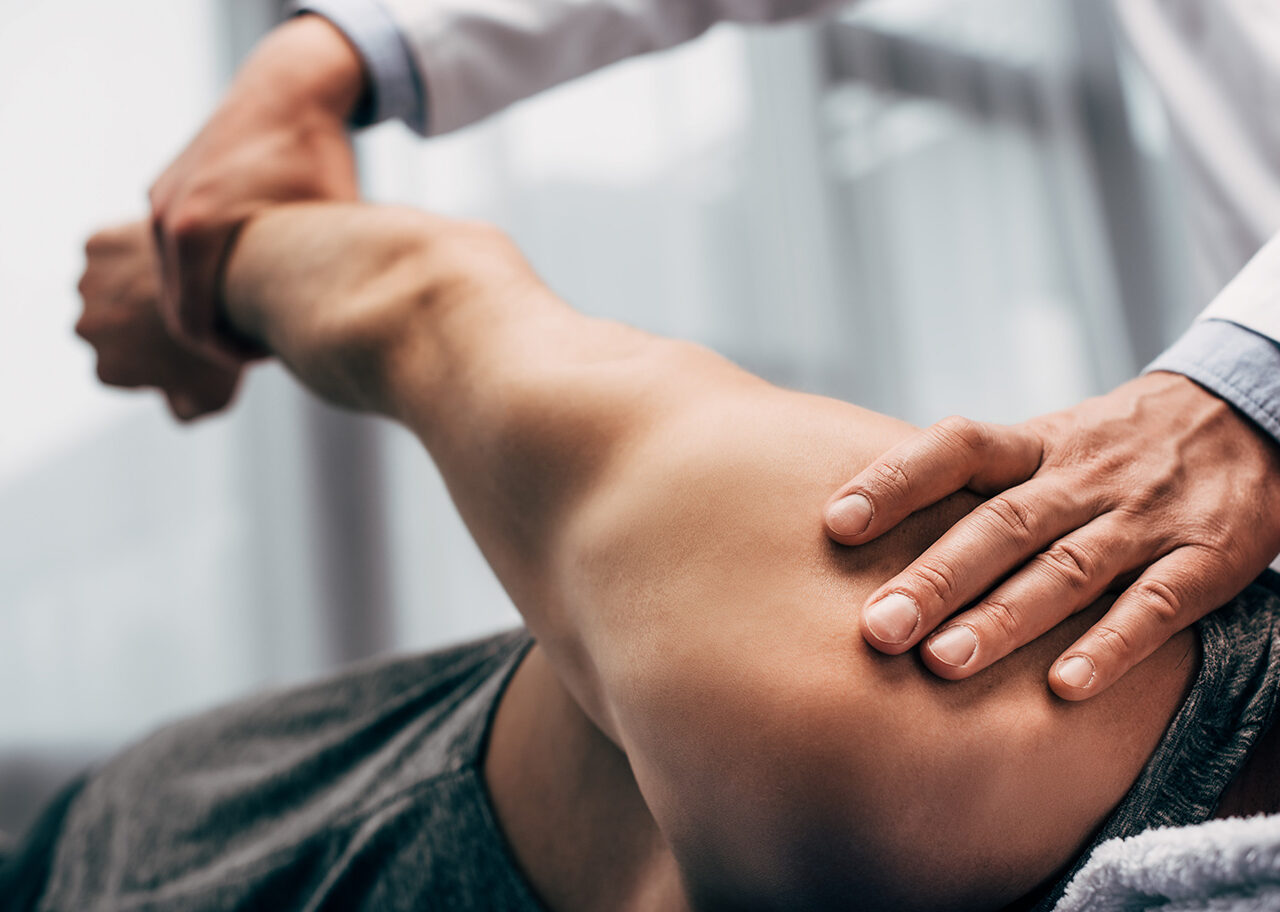Common Causes of Arm Pain
Joint Degeneration (Osteoarthritis)
Osteoarthritis often results from overuse or previous injuries. As the body tries to stabilise these stressed joints, extra bone forms, limiting mobility and causing pain. Although this usually affects weight-bearing joints like the spine, hips, and knees, the wrists, thumbs, and hands are also commonly involved.
Traumatic Injuries
Fractures, such as scaphoid breaks near the thumb, and torn ligaments cause sudden pain and swelling. These injuries need immediate hospital attention. After the initial care, chiropractic treatment helps you recover strength, restore movement, and reduce stiffness during rehabilitation.
Overuse and Repetitive Strain
Repetitive activities—like gym workouts, typing, using mobile devices, or playing instruments—can lead to micro-injuries. These small strains build up over time and often trigger pain in the wrists, elbows, or forearms. Chiropractors treat these issues by improving joint mechanics, releasing tension, and correcting posture.
Postural Strain
Forward head and shoulder posture (upper crossed syndrome.) puts constant strain on the neck and upper back muscles. For every inch your head moves forward, the muscles double their effort. This leads to tightness, fatigue, and referred pain into the arms. Chiropractic care improves alignment and eases muscular stress.
Neck-Related Arm Pain
Muscle strain in the neck can cause dull pain that spreads to the upper arm or forearm. If a nerve is compressed, you might feel sharp, shooting pain down the arm, along with numbness or weakness in the hand. Chiropractors use precise adjustments to relieve pressure and improve nerve function.
When It’s More Than Muscular
Pain in the left arm can sometimes indicate a heart problem. If it comes with chest pain or shortness of breath, it may be a sign of a heart attack. Seek emergency care right away. This type of referred pain happens because the heart and left arm share common nerve pathways in the spinal cord.
Chiropractic Care for Arm Pain
Your chiropractor will perform a thorough examination to pinpoint the source of your pain. Once identified, treatment may include spinal or joint adjustments, soft tissue therapy, posture correction, and practical lifestyle changes.
Chiropractic care aims to correct the root cause, not just mask symptoms—helping you return to your normal routine without pain.



